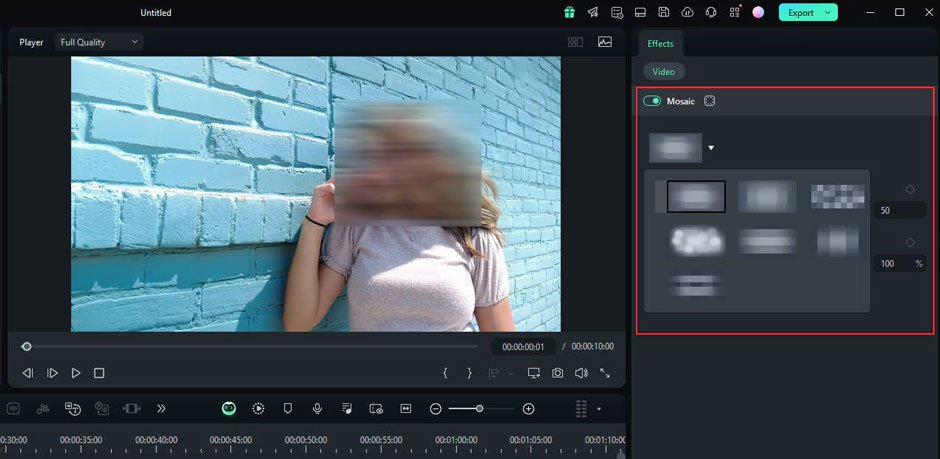Skip to the good bit
ToggleCreating video content has never been easier—or more common. Whether you’re vlogging, capturing street scenes, reviewing events, or just uploading a fun TikTok, chances are your camera catches more than just the star of the show. And with that comes an important question: What about all the other faces in your frame?
As harmless as it might seem, uploading videos with unblurred faces can lead to serious issues—both for the people in your footage and for you. Privacy concerns, legal consequences, and social backlash are becoming all too real for today’s creators. That’s why learning how to blur faces isn’t just a nice skill to have—it’s quickly becoming non-negotiable.
Privacy Isn’t Optional Anymore
We’re entering an era where digital privacy is under a magnifying glass. People are more aware (and protective) of their personal data—and that includes their faces.
In public spaces, sure, people can be filmed. But sharing their image online, especially if they can be easily identified, is another matter entirely. Some may not want to be recognised for personal, safety, or professional reasons. Think of children, domestic abuse survivors, activists, or simply someone who doesn’t want their day at the park to go viral.
If you’re filming in public and uploading without editing, you’re potentially crossing a line—and it might be time to rethink that workflow. Make sure you use the right tools to blur out faces or details in video to avoid trouble.
The Legal Side: Yes, You Could Get in Trouble
Depending on where you are, filming people in public might be legal—but distributing that content is a different story. Data protection laws like GDPR in Europe and CCPA in California treat faces as personally identifiable information (PII). If your video includes someone who can be recognised and you don’t have their consent, you could be violating their rights.
Penalties can range from takedown notices and account strikes to fines or lawsuits in more serious cases. Learning to blur faces is a simple way to keep your content compliant and yourself out of hot water.
Social Backlash Is Just as Damaging
Beyond the legal risks, there’s the issue of social fallout. Plenty of creators have gone viral for all the wrong reasons—think clips that unintentionally exposed someone’s location, identity, or embarrassing moment. Viewers are quick to call out unethical behaviour, and once the internet turns on you, it’s hard to win back trust.
Blurring faces shows that you care about the people in your footage. It helps build a reputation for being thoughtful, responsible, and respectful—which can make a real difference in how audiences (and brands) view your work.
What Happens If You Don’t? Ask the Internet
If you need motivation, just look at the headlines. From YouTubers filming strangers without permission to TikTokers exposing minors or private citizens, the list of controversies is long—and growing. Some creators have had to delete entire channels or face lawsuits because they didn’t take privacy seriously.
Learning to blur faces might not seem urgent now—but by the time it is urgent, it might be too late.
Will It Be Simple to Use Video Redaction Software?
If you’re not the most tech-savvy or your team doesn’t have a lot of experience, you might be worried about investing in video redaction software. In other words, will it be too complicated to operate? Know that there are many providers that prioritize simplicity. They want you to achieve great results and accuracy in an easy-to-use format. So, there are going to be options out there that will be suitable for beginners.
However, you do have to shop carefully when you’re trying to find video redaction software. This means taking your time and evaluating your options to find simple versions. Let’s take a look at what you should do.
Try a Demo
Most providers understand that easy-to-use interfaces are preferred, whether you’re an individual or a business. So, they ensure that they offer a demo. This can mean that you get to try out the software for free. Alternatively, they can have a free version where you can redact a certain number of minutes of your footage. Either way, both are great for testing out accuracy and how they operate. Then, you can make an informed decision.
Learn First
Some people make the mistake of diving in and using video redaction software straight away. However, you won’t learn its full capabilities and how you can operate it properly. Instead, make the point of reading the instructions and learning how to use this software first. Then, you can feel comfortable using it and decide whether it’s right for your team.
Final Thoughts: Respect Is Part of the Craft
Being a content creator means more than just entertaining or informing. It means telling stories responsibly. As the digital world continues to evolve, the demand for ethical, respectful content will only grow.
So if you haven’t already, take the time to learn how to blur faces. Not only will you be protecting others—you’ll be protecting yourself and your creative future.







